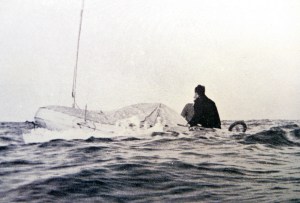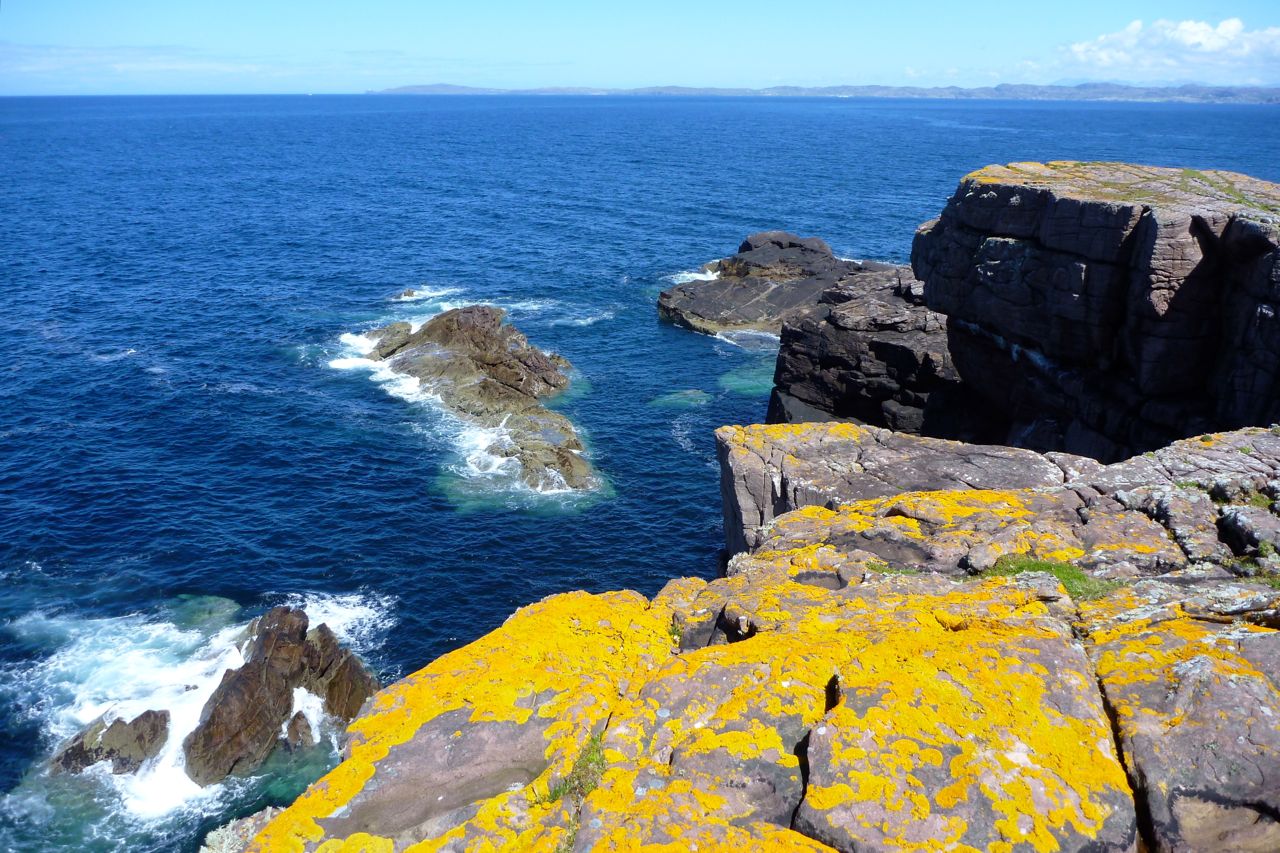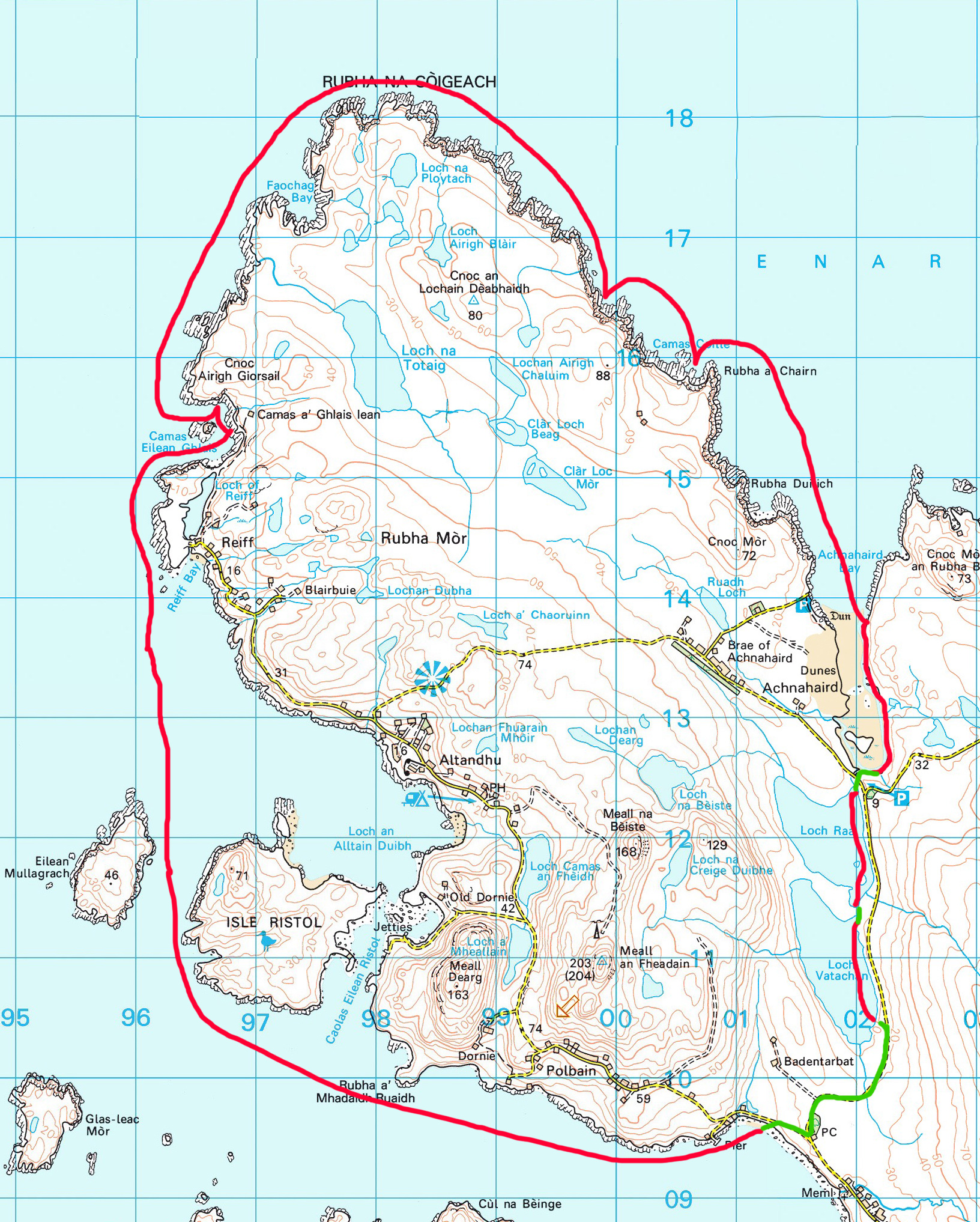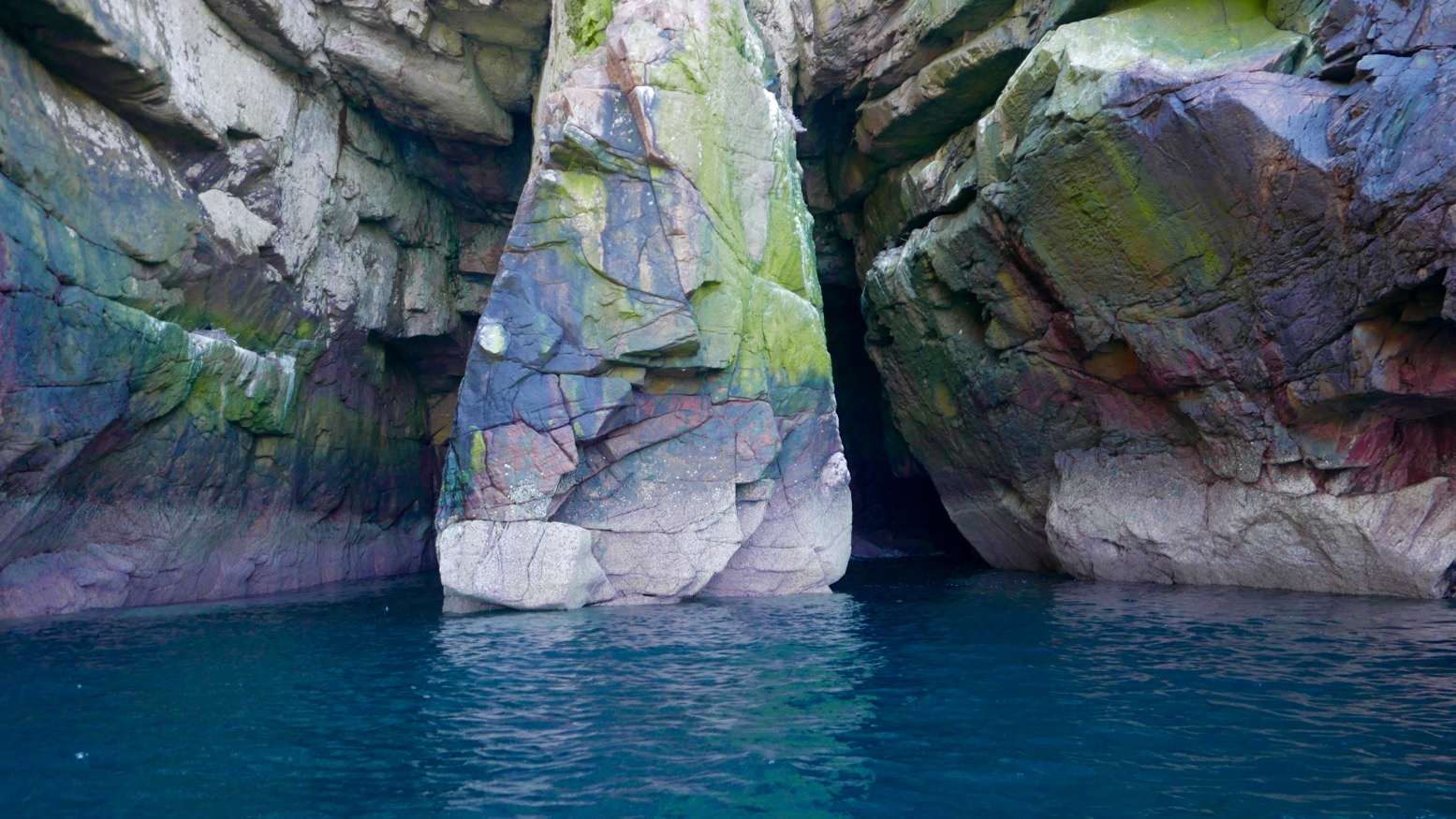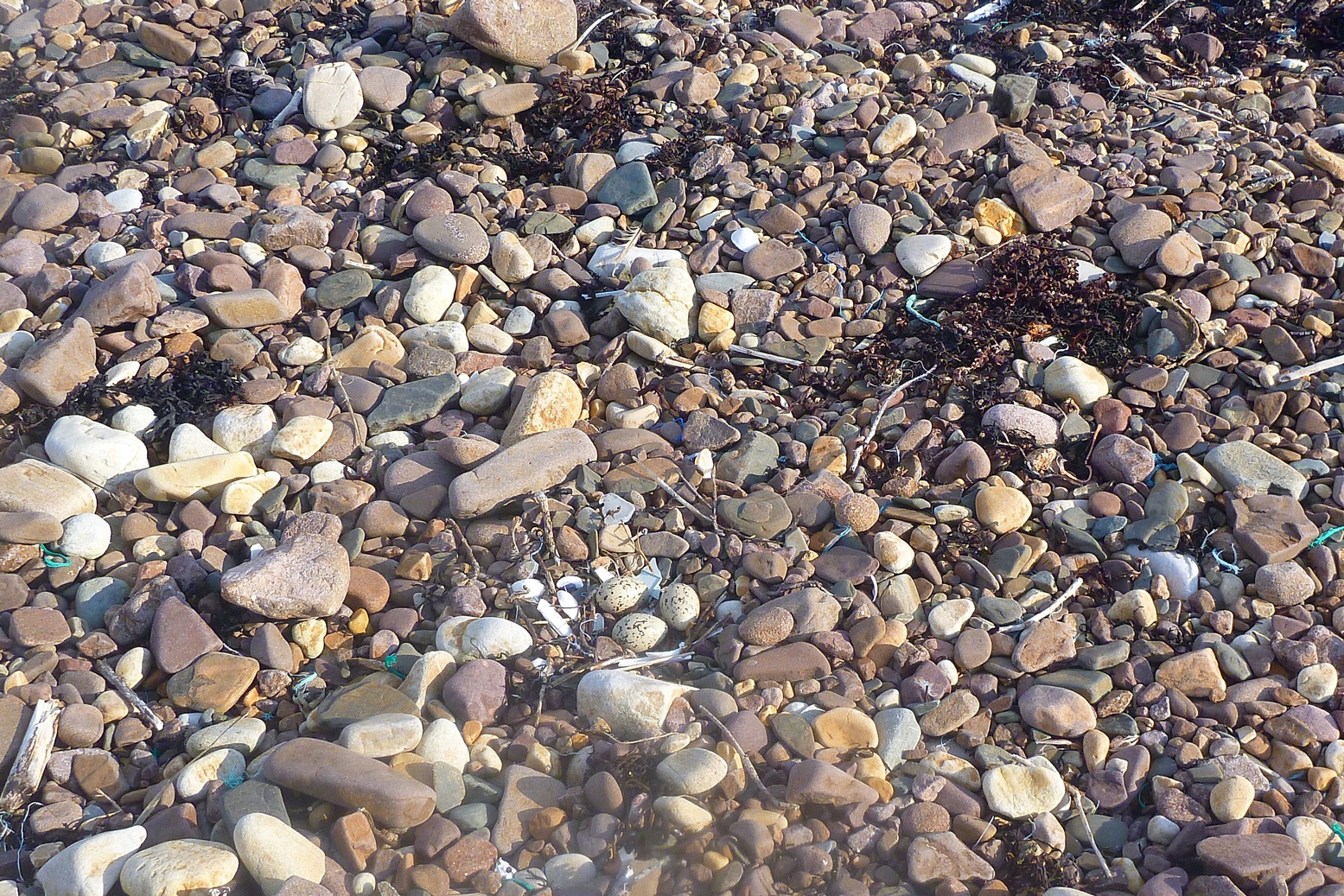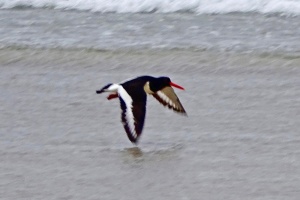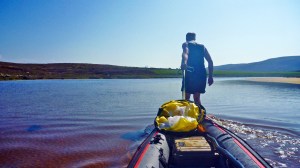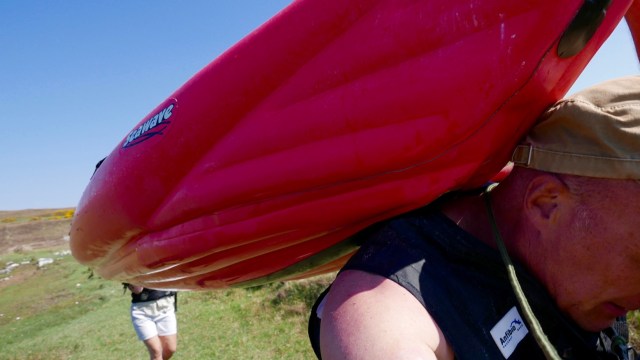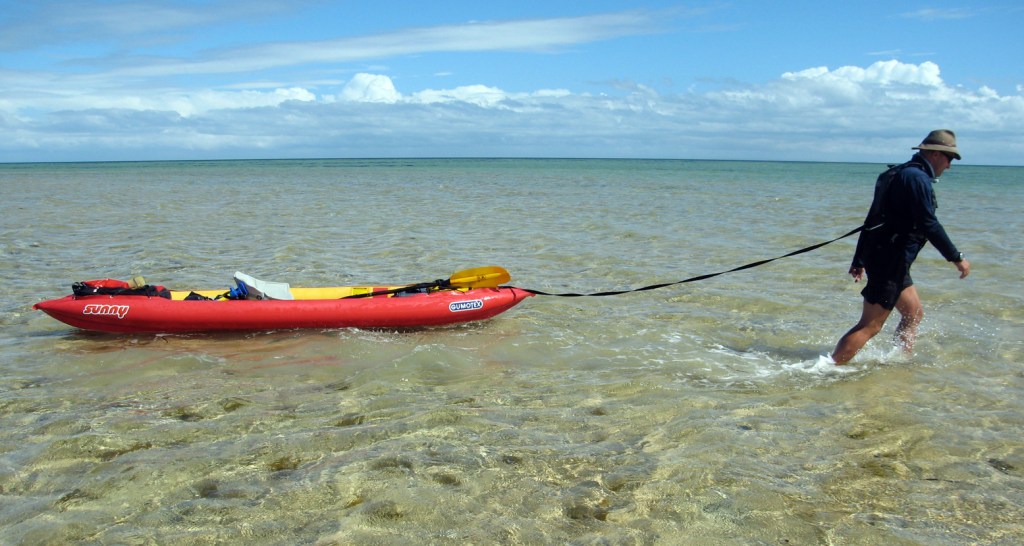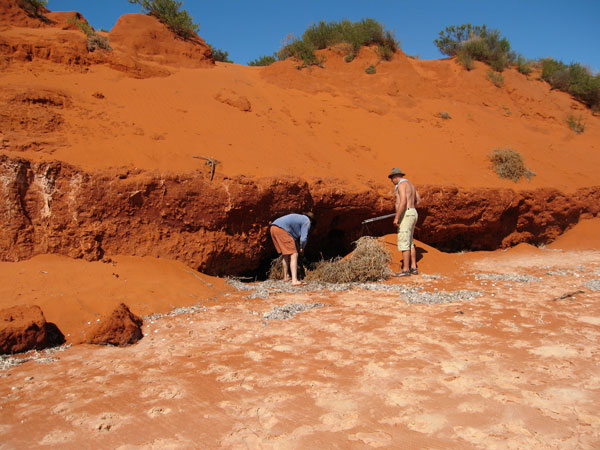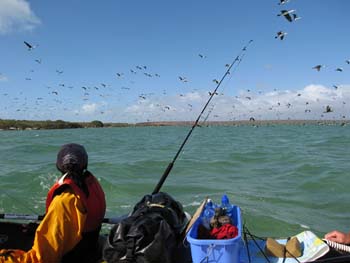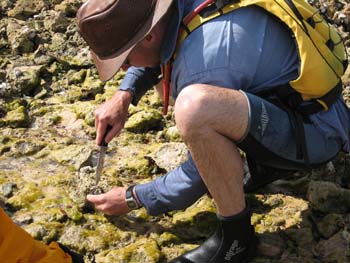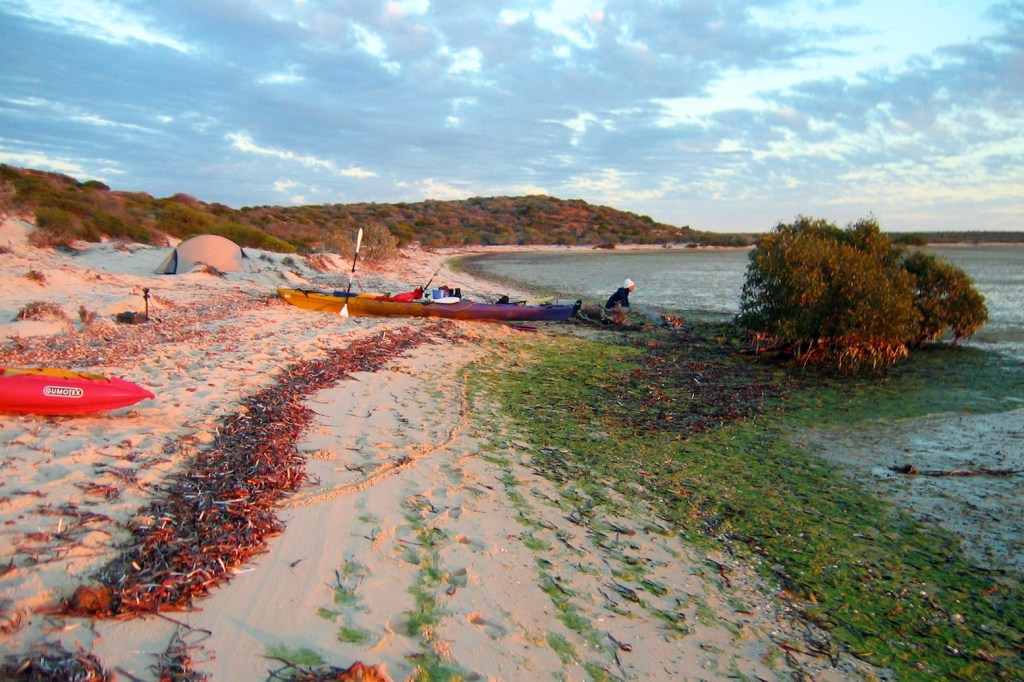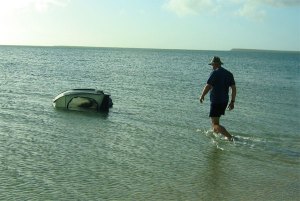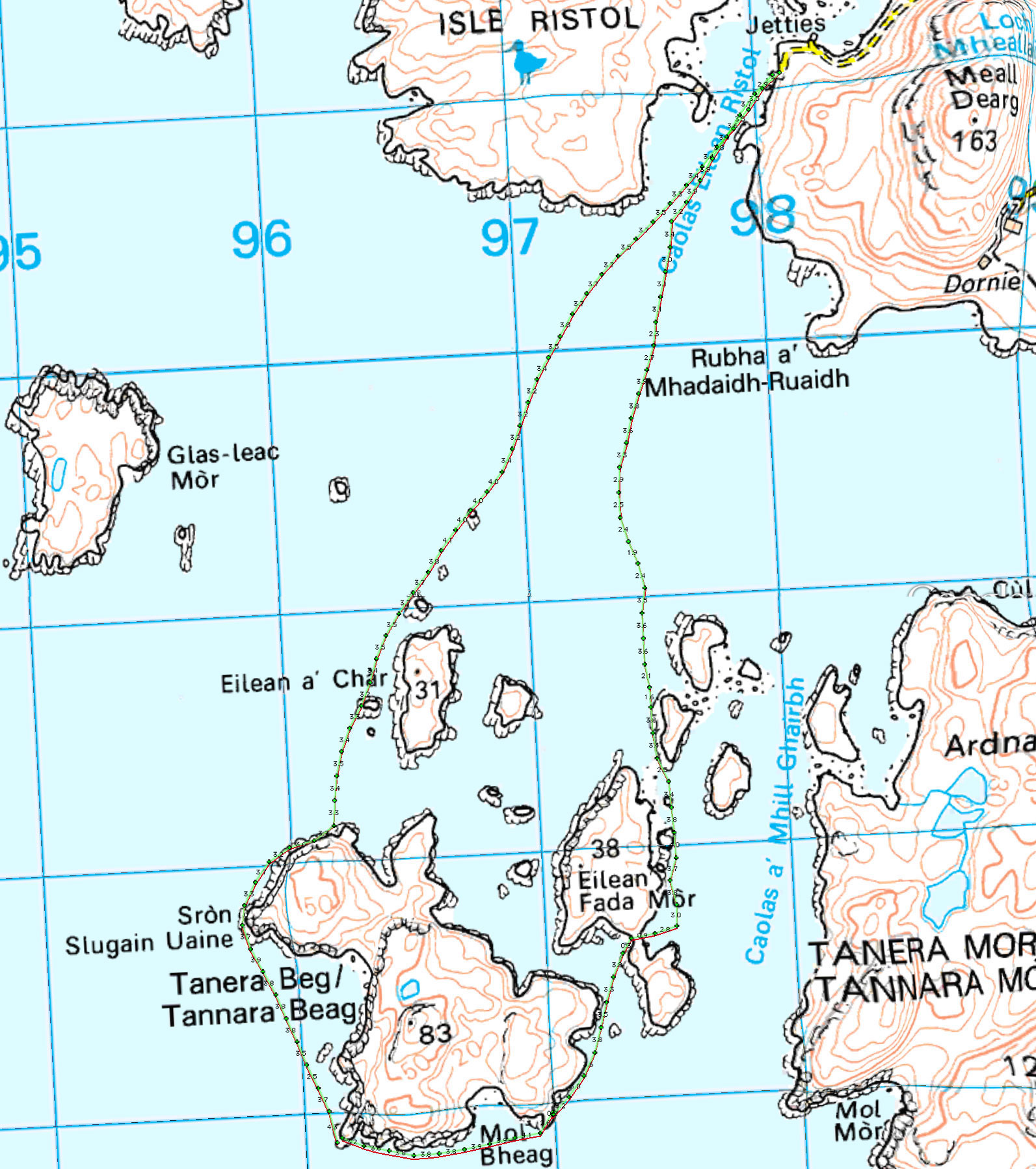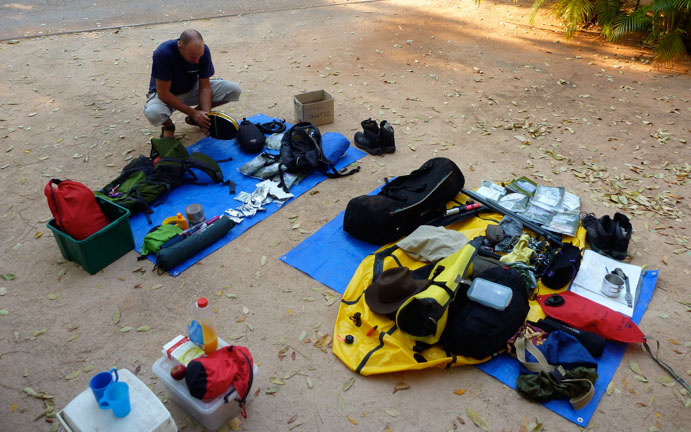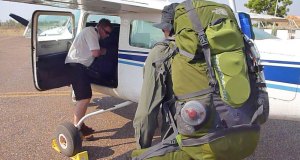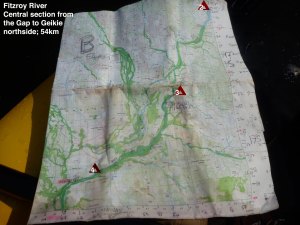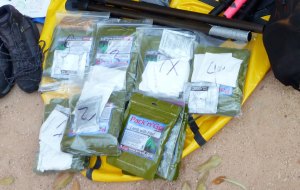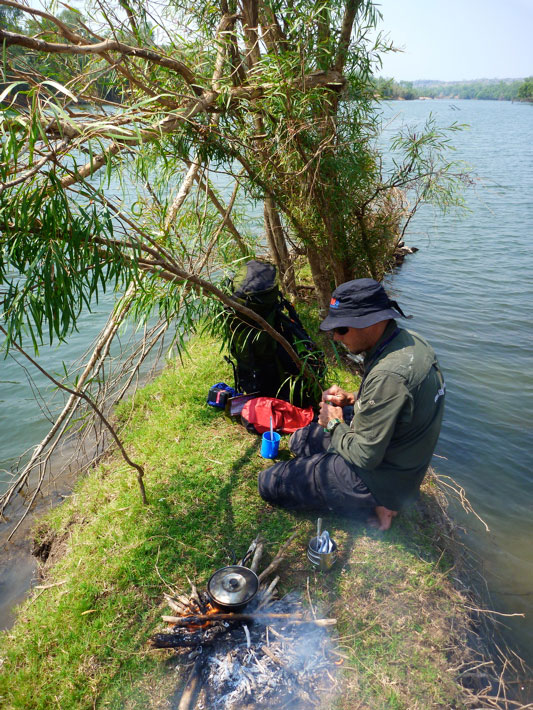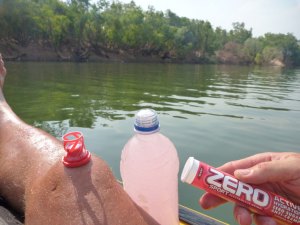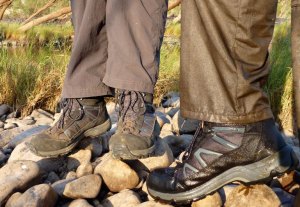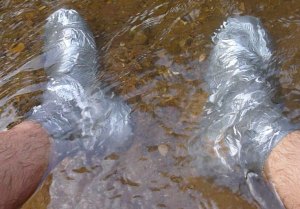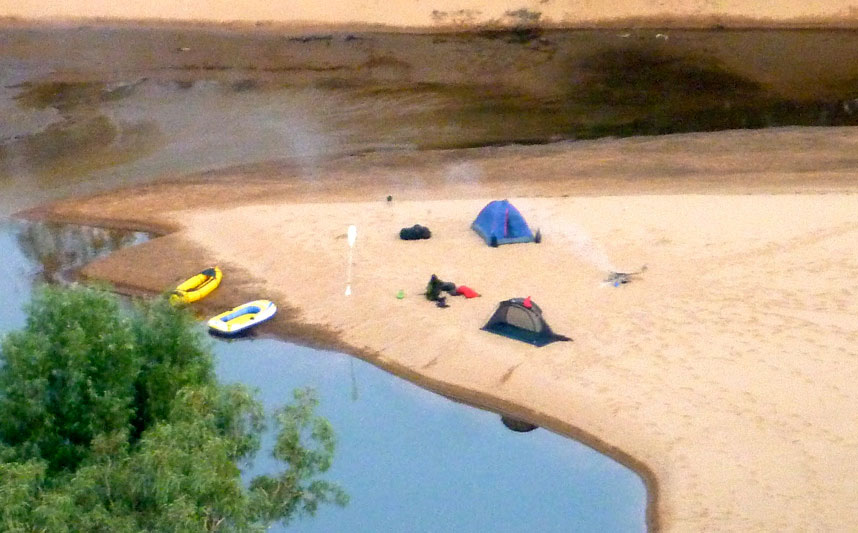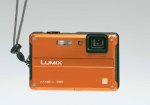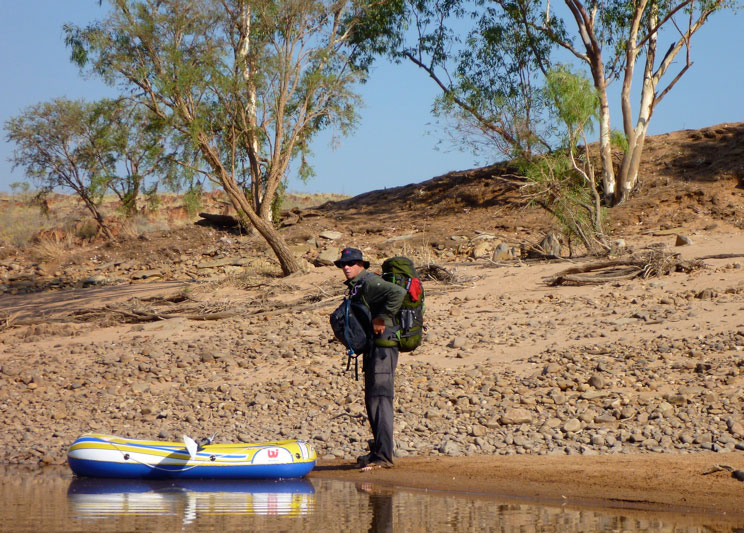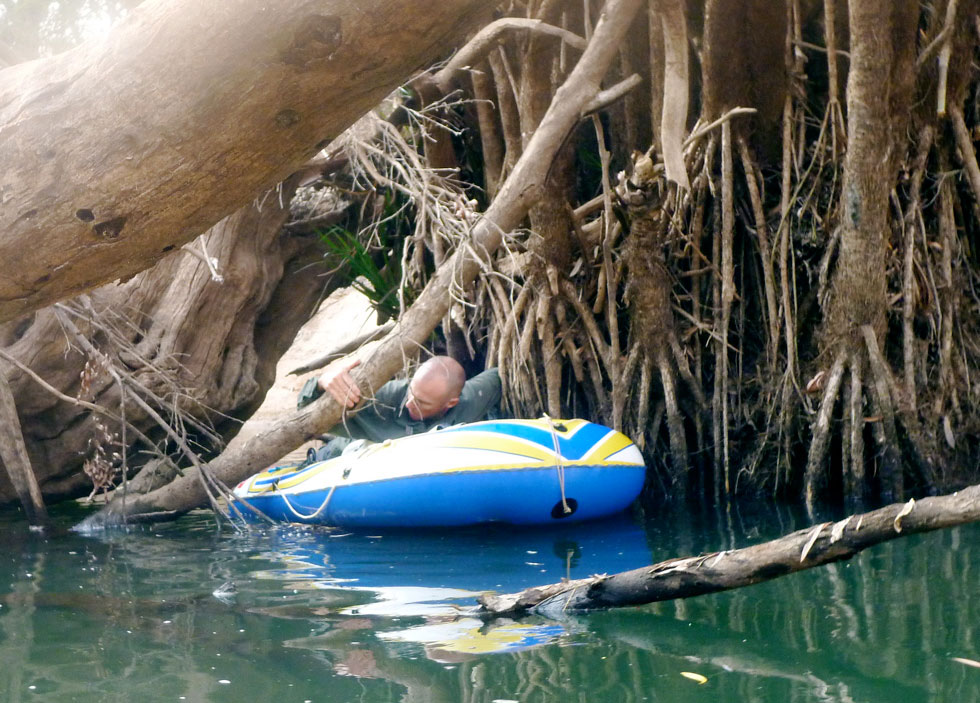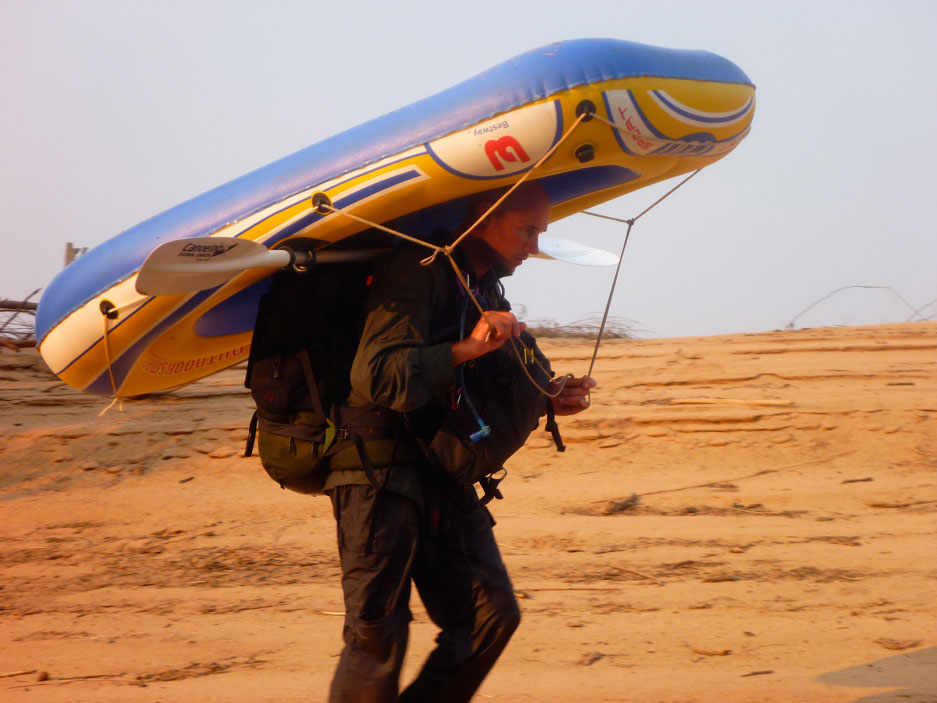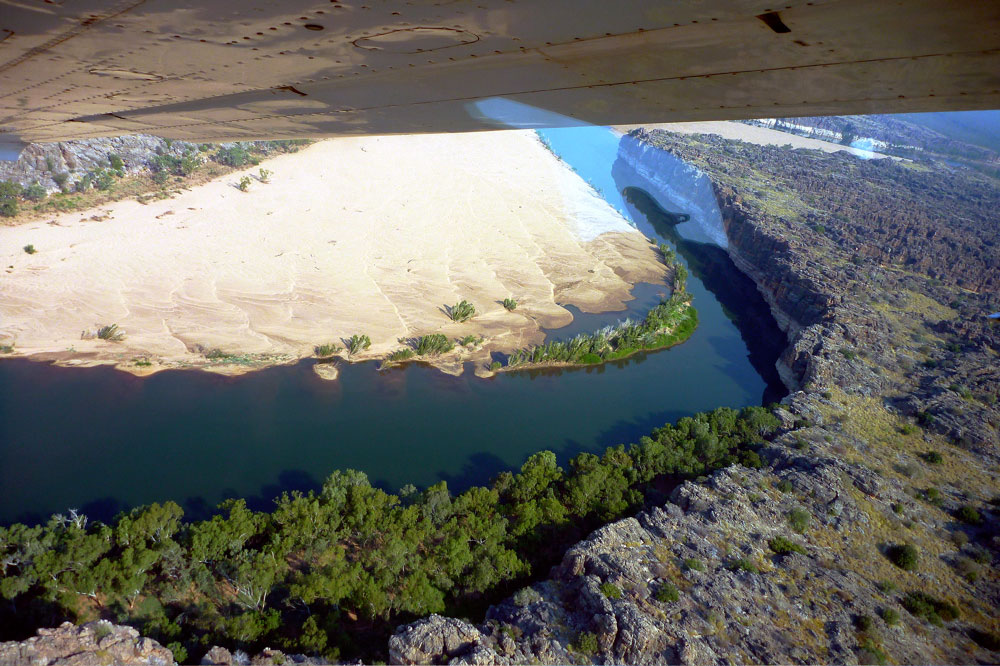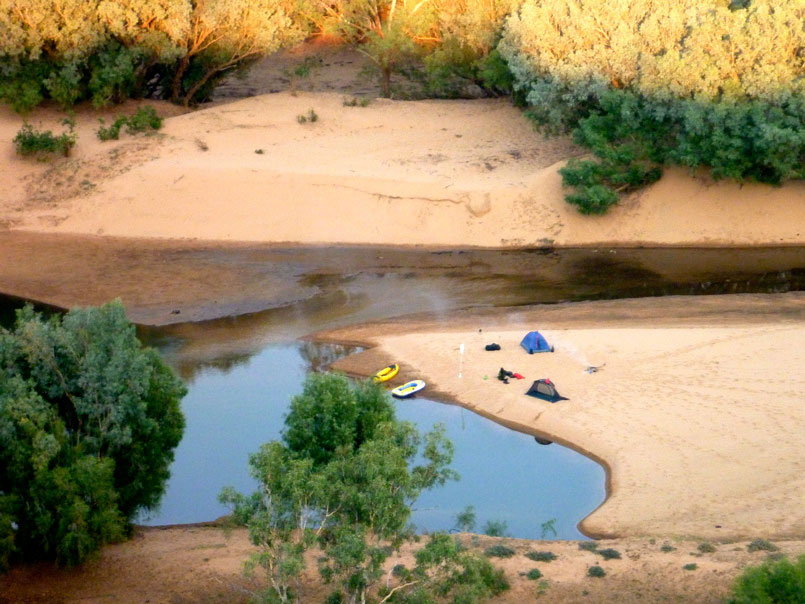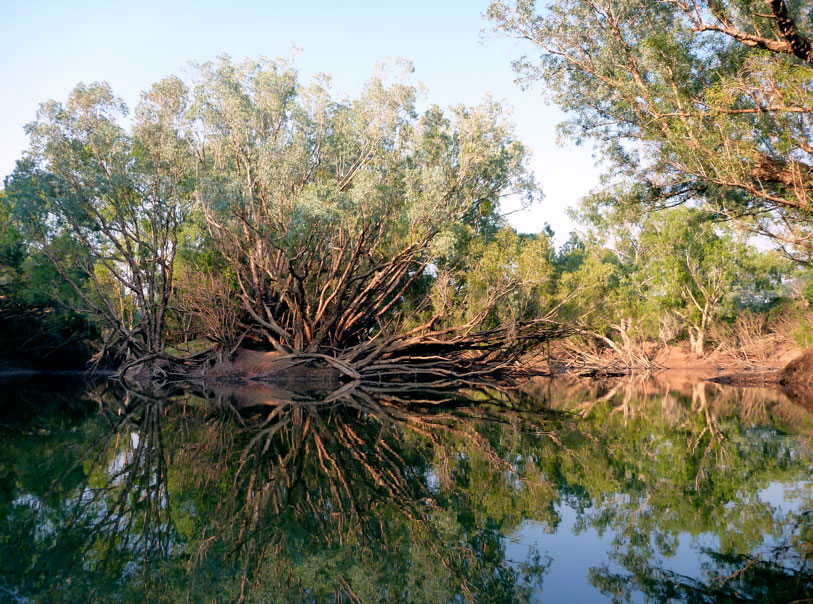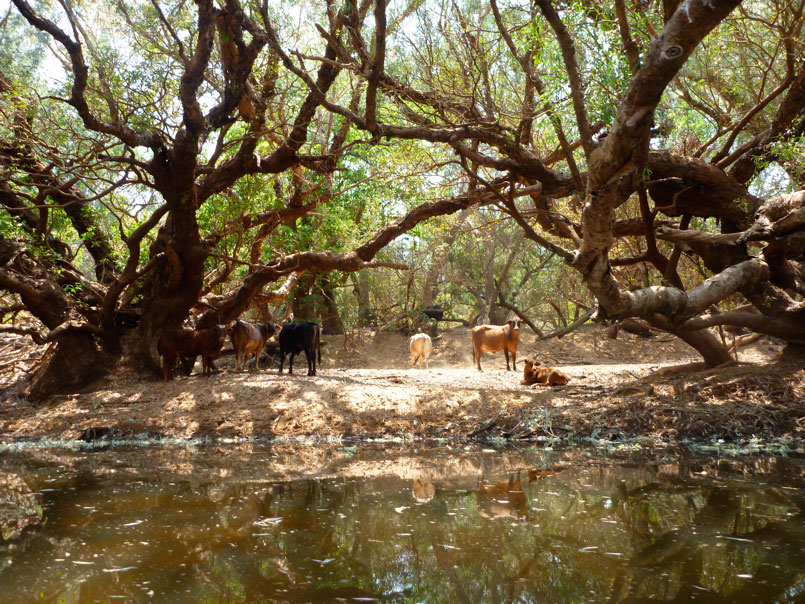Water, water, every where,
And all the boards did shrink;
Water, water, every where,
Nor any drop to drink.The Rime of the Ancient Mariner. Samuel Coleridge
Alain Bombard, The Bombard Story (1953)
I claim to have proved that the sea itself provides sufficient food and drink to enable the battle for survival to be fought with perfect confidence.”
A 2023 drinking seawater Pacific survival story
Many packboaters have heard of Alone at Sea (right, and discussed below), Hannes Lindemann’s famous account of his sail-assisted, mid-Fifties Atlantic crossings, first in a dug-out canoe and then in a production Klepper folding kayak. As a doctor, Lindemann used his expedition to examine the physiology and psychology of enduring long weeks at sea alone.

Although he was already an experienced sailor and ocean kayaker by this time, Lindemann’s Atlantic goals may well have been spurred on by a meeting with Frenchman Alain Bombard (right) in Morocco in 1952. Also a doctor, Bombard was at the time engaged in exploring unorthodox ways of extending the survival chances for those adrift at sea. When they met, Bombard was about to set off across the Atlantic in a 14-foot RIB (rigid inflatable boat or dinghy) equipped with a sail – but with no food or water.

His book starts in 1951 when he estimated 200,000 people died at sea each year. Half perished when a disabled vessel struck the shore – ‘Fear the land, not the sea’ as a sailor’s adage goes – but about a quarter died while adrift in life rafts, surrounded by water and potential food.
Bombard was convinced that as long as sharks, madness and weather didn’t finish you off, indefinite survival at sea was possible by drinking moderate amounts of seawater, as well as the less saline juice pressed from fish, and all supplemented by windfalls of rainwater. Fish could also be eaten raw or dried, while teaspoonfuls of plankton gathered in a stocking-like mesh could address vitamin needs. ‘Lobster puree’ was how he initially described the taste of the seaborne slime which he later grew to loath. All that was missing from a balanced diet were carbohydrates, to which Bombard believed the human body could adapt.

The key was to start drinking seawater as soon as fresh water became unavailable and before becoming seriously dehydrated. This sea-water-only practice was something about which Lindemann professed some scepticism. In his first dug-out trip his legs swelled up as a result, he thought, of drinking small amounts of seawater. Later, when he didn’t drink it they were mostly fine. But Bombard found no such ill effects early on, while adrift with a friend for a few days in the English Channel. Of course Lindemann was suffering in the torrid, tropical climate of the Gulf of Guinea while Bombard spent just a few days in the Channel during his first experiment. Although Bombard recorded many ailments, he reported little such swelling in the Atlantic; you do wonder if being able to move around his Zodiac more freely may have helped circulation, although Lindemann was never completely cockpit-bound on either of his crossings.
What does for many castaways is that once adrift and with all fresh water exhausted, it’s only in a state of acute desperation that they turn to seawater (or urine). By now severely dehydrated, the kidneys can’t handle the sudden accumulation of toxins and an agonising death soon follows, supporting the mariner’s lore that drinking seawater was fatal. According to Bombard the key was to drink early but drink little.
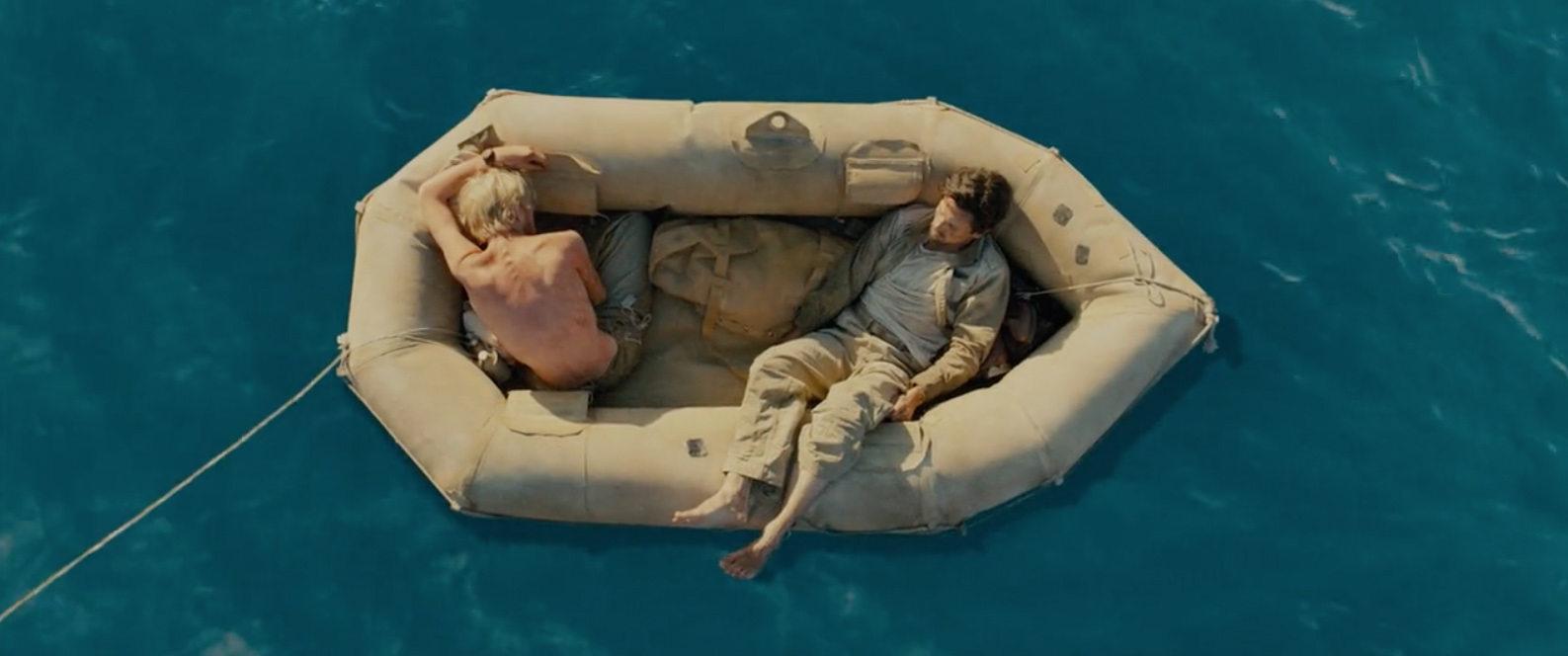
With the aid of sponsors, benefactors as well as supporters in the field of oceanography, he used an early incarnation of what was to become the well-known and widely licensed Zodiac inflatable dinghy. (The Bombard brand of RIBs still survives today). He christened his own craft L’Heretique (the Heretic) which demonstrates how he thought he was perceived.
With much less experience at sea than Lindemann, in 1952 he set off from Monaco for the Balearics with an English companion and experienced sailor, a journey not without privations at sea and which on land included a hostile press eager to exploit his drama while keen to catch him out. A small store of emergency food and water was officially sealed and placed in his boat and though he was at times desperate, it was never used by Bombard – partly because certainly in the mid-Atlantic he was at times throwing excess rainwater overboard and was never short of fish, despite what many had predicted. Shipping on from Ibiza to Tangiers (where he met Lindemann) for the Atlantic stage to the West Indies, he correctly interpreted his English companion’s dithering as a change of heart for what lay ahead and so set off alone, while later praising his companion’s valuable contribution. (Lindemann interprets this episode less generously).
You can imagine the ordeal that followed. A fortnight or so to the Canaries – a dangerous stage for any small sail boat and one which Lindemann chose to skip in the kayak. And then over two months across the Atlantic to Barbados where he arrived just before Christmas 1952, desperate to let his wife and new-born child know he was alive. Pushed along by irregular trade winds but travelling off the shipping lanes, he only encountered two vessels on the way. On one ship, the Arakaka, met less than a fortnight from completion, he succumbed to a regular meal that was offered, but following weeks of raw fish, his starvation-hardened willpower went into a spin which he claimed very nearly finished him off.
At times it reads like a voyage in outer space of The Life of Pi, full of wonder as well as terrifying episodes: strange creatures, sound and lights, phosphorescence and a loyal escort of birds and dolphinfish or dorado (which also helped replenish his larder).
As well as his physical health, his mental state and morale were also closely scrutinised and well recorded, including his prolonged despair as land failed to materialise for weeks (most of the time his longitude was out by 10° or 600 miles). He demonstrated dogged defiance as storms swamped L’Heretique for hours on end, as well as the irrational conviction of being persecuted by inanimate objects – all exacerbated by the monotonous fare, incessant damp and interrupted sleep.
Loyal ‘Kleppards’ rightly hold Alone at Sea in high acclaim and ensure that it’s still in print, but whatever Lindemann achieved, you have to salute Bombard’s bravery, resolve and not least the commitment to his unconventional experiment in surviving for weeks by living off the fruits of the sea.
Reading the book I had a thought that perhaps Bombard had rediscovered a long-lost human ability or knowledge for surviving at sea. How else does one suppose people like the Polynesians colonised the Pacific, or humans got to Australia tens of thousands of years earlier and long after any land bridge? In fact his ideas had already been raised in the film of the Kon-Tiki voyage which had been released in 1950. Heyerdahl’s Wiki page says this of his 1947 expedition:
“Kon-Tiki demonstrated that it was possible for a primitive raft to sail the Pacific with relative ease and safety… The raft proved to be highly maneuverable, and fish congregated between the nine balsa logs in such numbers that ancient sailors could have possibly relied on fish for hydration in the absence of other sources of fresh water.”
The Kon-Tiki film (on youtube) mentions extracting fish juice, eating plankton as well as mixing 40% seawater with fresh, but on reading Bombard’s book you still get the feeling he took it all a big step further, critically examining the full nutritional potential of living solely off the sea, and then having the guts to put his theory brutally to the test while learning a few hard lessons on the way.
Bombard’s extraordinary adventure brings to mind another incredible voyage that took place at the same time, that of Australian Ben Carlin who sailed and drove an ex-army amphibious jeep called Half-Safe around the world (right). It took him ten years and cost him a wife or two, but in overlanding terms nothing else comes close. As with Bombard, many couldn’t believe the jeep had motored across the Atlantic and then been driven up to London.
Although long out of print, I found an original 1953 Andre Deutsch edition of The Bombard Story for a couple of quid on the web, impeccably translated it has to be said, by a chap called Brian Connell.
Alone at Sea
A couple of years after meeting Bombard in Tangiers, Lindemann also put himself to the test by crossing the Atlantic alone in, of all things, a heavily-keeled West African dug-out canoe he had made in Liberia where he was stationed at the time. Here’s a little newsreel of the boat.
He took off again a year later, this time in a smaller and less robust Klepper Aerius folding kayak (right), fitted with two masts and an all-important outrigger to partially compensate for the lack of a keel. Little changed, the legendary Aerius is still made by Klepper today. The Pouch we used on the Spey is a close copy.
I recall being disappointed when I realised Lindemann had sailed his Klepper across rather than paddled it, which shows how little I know about ocean paddling! Indeed, I believe it wasn’t until 2011 that a 64-year-old old Polish guy Alexander Doba, managed to actually kayak paddle alone – not sail or row – between the African and South American mainland, although his specialised craft was no slim sea kayak, but a specially designed 23-foot, half-ton, self-righting contraption with a watertight sleeping compartment, similar to those trans-Atlantic rowing boats. Such features enabled Doba to keep at it for over three months, sitting out contrary wind and currents until he finally reached Brazil. Doba completed a much longer 4500-mile in April 2014 in a similar boat (left), crossing between Lisbon and Florida. As this article says:
My kayak was equipped with an electric desalinator that produced around 4.5 litters … of fresh water per hour. It needed electricity, which came from a big solar panel that charged the battery… I had two spare manual desalinators, which I had to use. It took me about four hours daily to get six liters for all my needs. So instead of resting or paddling more I had to pump the water. I wanted to use my legs, so I fixed the manual desalinators in a way so I could use them with my feet.
Back to the story. Overall I found Alone at Sea the less engaging of the two books, partly because there are no less than four trips covered which adds up to a lot of horrendous days and nights at sea with waves washing over his decks and smashing off rudders. The end of the Klepper trip does pick up though, as utterly exhausted through lack of sleep, Lindemann drifts through hallucinations and altered states following two weeks of terrible storms.
His great achievement was preparing himself as well as he could mentally, using prayer, meditation, what we now call ‘visualisation’ as well as affirmation (‘I will make it’; ‘Keep going west’), and what was then known as autogenic training, a relaxation technique on which he was later to write manuals. All this must have helped Lindemann keep going, when other individuals would have allowed a capsized boat to slip away. Towards the end of the book there’s a telling photo on a Caribbean quay of a hunched, emaciated but still smiling figure; Lindemann had lost over 25% of his body weight and on arrival his pulse was down in the 30s.
At one point Lindemann says an odd thing though: ‘Surely I took with me the least amount of food of any boat that has ever made the Atlantic crossing, at least much less than Alain Bombard’. It’s unclear if this is an outright accusation of cheating, or an out-of-context dig at the sealed reserves which Bombard carried but, as far as we know, did not use. Sure Bombard carried reserves; if his ‘heresy’ was flawed he didn’t want to die. He carried a radio too (it broke).
Such spats over a rival’s authenticity and integrity are common among adventurers competing for the same goal, and in his summary Lindemann goes on to mention photos published of Bombard taking on supplies of food from the Arakaka. It’s much more than the ‘shower and meal’ Bombard describes in his book but still, 50 days of fish juice and plankton was surely enough to prove a point.
It has to be said though, I did feel the supposed agonies of the ‘psychological hunger‘ which befell Bombard following the Arakaka meal (and which proved ‘very nearly fatal’) was not so convincingly portrayed. Could he have been scoffing away merrily away all the way to the finalé? Bombard also records losing around 50 pounds of weight as a result of the ordeal.
It is true that Lindemann succeeded in making the crossing from the Canaries with his own provisions plus what nature provided with no human assistance whatsoever. He makes another dig at Bombard’s patronage and sponsorship from Zodiac, but I read Bombard’s book as the story of a guy who primarily set off to experiment in living off the sea, but like any castaway, took what was given in moderation. His preparations and qualifications seemed skimpy because he had the sealed reserves to fall back on. His goal was not to complete the crossing in complete self-sufficiency; while at sea he also sought to evaluate the viability of inflatables as life rafts, something he continued to champion and (one reads) take on commercially long after it was all over. Lindemann acknowledges this latter fact.
So though less rigorous in his execution, whether genuine or contrived, Bombard does succeed in painting himself as a more sympathetic character, missing his family and his Bach, as well as his food. He even had a little doll as a mascot which got pictured in the book. Lindemann had a speargun. And to my mind Bombard recorded his self-diagnoses more compellingly too, though reading both books back to back I could have been desensitised to registering the finer points of Lindemann’s protracted trans-Atlantic suffering.
Lindeman was clearly much more experienced, and better prepared, particularly mentally. But I interpreted certain anti-social and even cruel elements, presumably a consequence of the pressure to succeed in the huge task he’d set himself. This included a resolve to outdo Bombard – a guy who had no shoulders of recent predecessors to stand on and so perhaps, like Ben Carlin, has paid the price in the history books.
Lindemann’s book was originally published in 1957 and, as far as I can tell, was released in English about 35 years later and remains in print; a nicely produced small hardback with colour illustrations and a map.
A less illuminating article (in German) about drinking seawater and which cites the controversy between the two authors.
Graphene filters – a new form of desalination.






